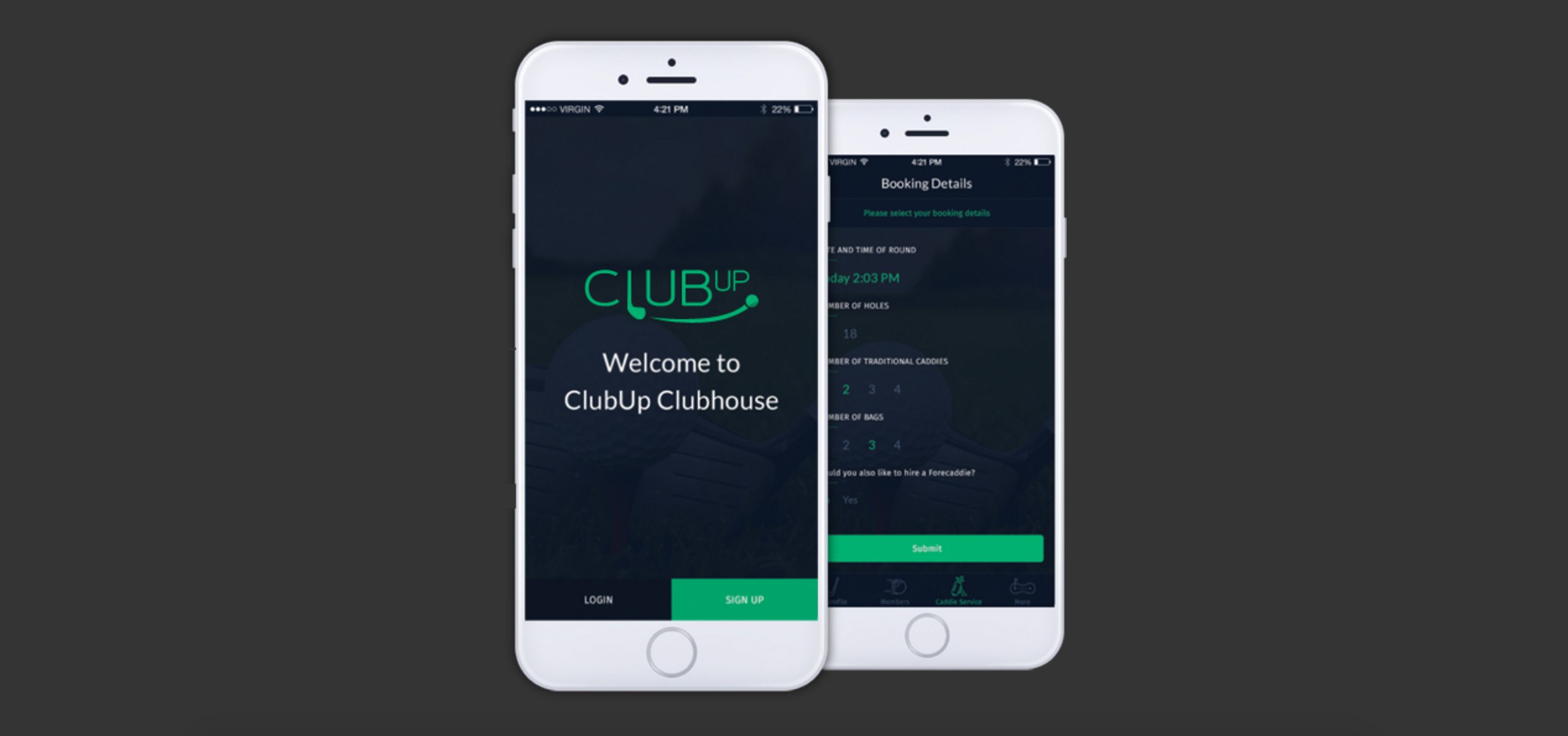3 min read
Taking the Leap to Full-Time Entrepreneur: Matt Rose of ClubUp
Designli clients have built some pretty amazing apps and are running some awesome startups. The clients that get our highest respect, however, are...

User feedback is at the core of any successful app. It helps inform iteration decisions to ensure that the product continually meets the needs of your customers and provides an experience they love. But in order to benefit from user feedback, you must create a process to gather and prioritize it. Here’s a process you can customize for your needs.
You may be lucky enough to have some very engaged users who offer unsolicited feedback. More often, if you want it, you’ll need to ask for it. Before you do, it’s a good idea to establish a plan for collecting it.
Start by making everyone clear on what you are collecting feedback for. Are you looking for feedback on a specific feature set, or is everything fair game? Then, determine the best channels for gathering feedback. Getting in-person feedback is helpful to provide a robust view of the user experience, but it can be costly and difficult to scale. Alternatives can include online surveys, emails, or even adding a feedback button or form in the app making it easily accessible without obstructing the user flow.
It’s smart to organize your feedback as you collect it. Using a repository like Jira or Rally can be helpful since these tools also allow you to run reports for analysis. Tools like Confluence help you organize relevant information like feature requests, customer interviews and feedback, and the problem or opportunity statement. Or you can simply pull the feedback onto a spreadsheet where you can easily link to other sources of information like customer interviews.
Once you have your collection of user feedback, the next step is to prioritize it. There are many different prioritization techniques. We’re covering three of the most popular here.
A prioritization chart consists of two axes, with each representing aspects of the decision that a team will evaluate — for example, user value and effort. Then, the team votes on each user request according to each criterion, plotting the requests on the matrix accordingly. Once you’ve plotted each request, you’ll discuss the placement and prioritization of each user request relative to each other. Generally speaking, you’ll prioritize user feedback requests that are high value and low effort, while shelving low value and high effort requests.
The MoSCoW method of prioritization entails labeling each user story or requirement according to four categories of initiatives.
For the MoSCoW method to be effective, stakeholders must be aligned on objectives and agree on which user stories will be prioritized. It’s helpful to proactively determine how you’ll settle disagreements before starting the discussions to ensure that progress continues during the process.
Using metrics to determine how to best rank user requests is another way to prioritize. Some examples of common metrics include return on investment (ROI), net promoter score (NPS), satisfaction, user growth, and others. To use this method, go back to the goals that you created when you first launched the app to see how you may want to determine the value of the metrics towards those goals.
For example, if you launched your app with a goal of achieving a certain number of users within a specified time period, user growth may be an important metric to consider when prioritizing feedback. If your goal was related to revenue or profit, you may want to evaluate feedback based on the increase in value to the customer and the potential return on investment. Take the time to evaluate your goals when you first released the app to determine if they have changed before you consider this method as you want to track against current goals.
Collecting and implementing user feedback is the cornerstone of creating any product that will successfully meet the needs of your users long term. Creating a process to use to evaluate and prioritize user feedback will help you make more strategic development decisions.
Want to learn more about how we help clients build successful MVPs? Get in touch.
Subscribe to our newsletter.

3 min read
Designli clients have built some pretty amazing apps and are running some awesome startups. The clients that get our highest respect, however, are...

A strong development team is the foundation of any successful app or software project. Hire the wrong developer, and you’ll end up with headaches...
Post
Share